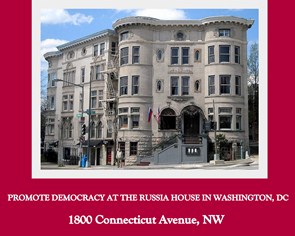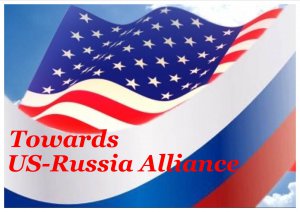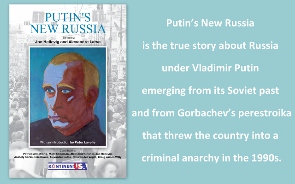The deal was brokered by the leaders of France, Germany and Russia, who joined their Ukrainian counterpart on Wednesday for marathon overnight negotiations.
The deal was signed by the so-called "contact group,” which includes the leaders of the self-proclaimed Donetsk and Lugansk People’s Republics, a representative of the OSCE, Ukraine’s former President Viktor Kuchma and the Russian ambassador to Ukraine.
Here is the breakdown of the deal:
1. A comprehensive ceasefire in eastern Ukraine. Comes into force at 00.00 (Kiev time) on February 15.
2. A pullout of heavy weapons. The parties agreed to a compromise disengagement line. Kiev is to pull artillery and other hardware from the current frontline while the rebels would do it from the frontline as it was in September, before they gained ground in a January counter-offensive. The OSCE-monitored safety zone would be 50 km to 150 km wide for weapons, depending on their range. The pullout is to be completed by March 1.
3. The OSCE will use its drone fleet and monitors on the ground, as well as satellite images and radar data to ensure that both parties stick to the deal.
4. Kiev and the rebels will negotiate the terms for future local elections in the rebel-held areas, which would bring them back into Ukraine’s legal framework. Kiev would adopt legislation on self-governance that would be acceptable for the self-proclaimed republics.
5. Kiev will declare a general amnesty for the rebels.
6. An exchange of all prisoners must be completed by the fifth day after full disengagement. That’s in 19 days, if the weapons pullback takes the full time provided for by the deal.
7. Humanitarian aid convoys will be allowed full access to the needy in the war-affected areas. An international monitoring mechanism will be provided.
8. Kiev will restore economic ties, social payments and banking services in the dissenting areas, which it cut earlier in response to the elections held by the self-proclaimed republics. Their respective governments will resume taxation and payment for utilities. This provision is subject for further negotiation.
9. After the local elections are held in the Donetsk and Lugansk regions, Kiev is to restore control over their borders with Russia. The transition may take time, which would be needed for a comprehensive constitutional reform in Ukraine.
10. All foreign troops, heavy weapons and mercenaries are to be withdrawn from Ukraine. Illegal armed groups would be disarmed, but local authorities in Donetsk and Lugansk would be allowed to have legal militia units.
11. Kiev will implement comprehensive constitutional reform by the end of the year, which would decentralize the Ukrainian political system and give privileges to Donetsk and Lugansk. The privileges include language self-determination, the freedom to appoint prosecutors and judges, and to establish economic ties with Russia.
12. The OSCE’s election monitors are to see that local elections in the self-proclaimed republics are up to international standards. The exact procedure for the elections is subject to further negotiations.
13. Talks between the "contact group” will be intensified in various ways.














_jpg/250px-ElbeDay1945_(NARA_ww2-121).jpg)





